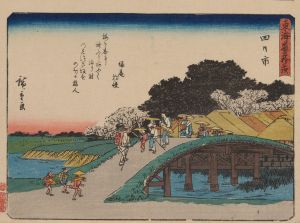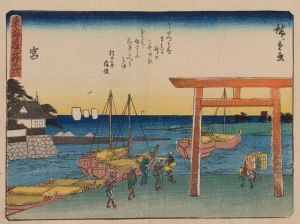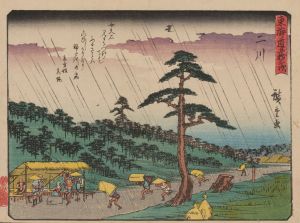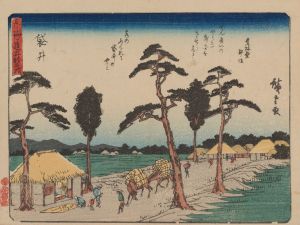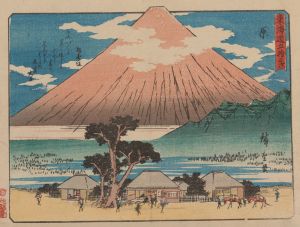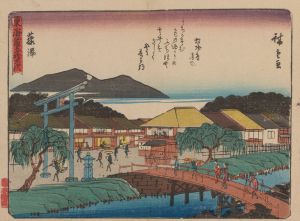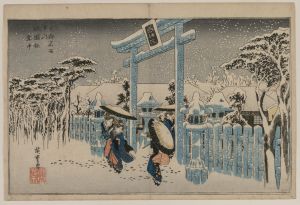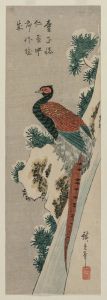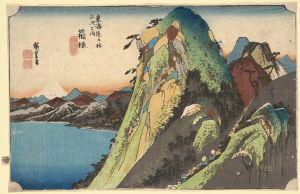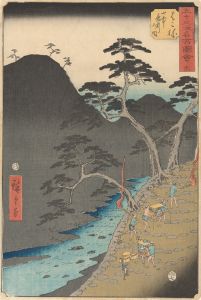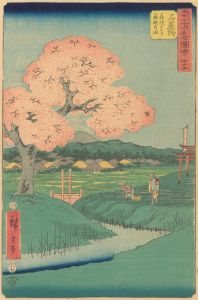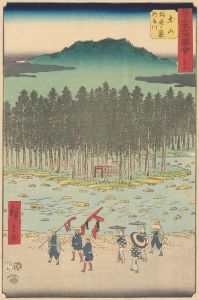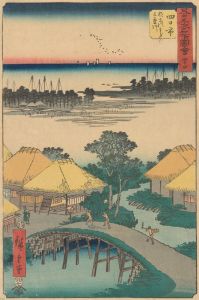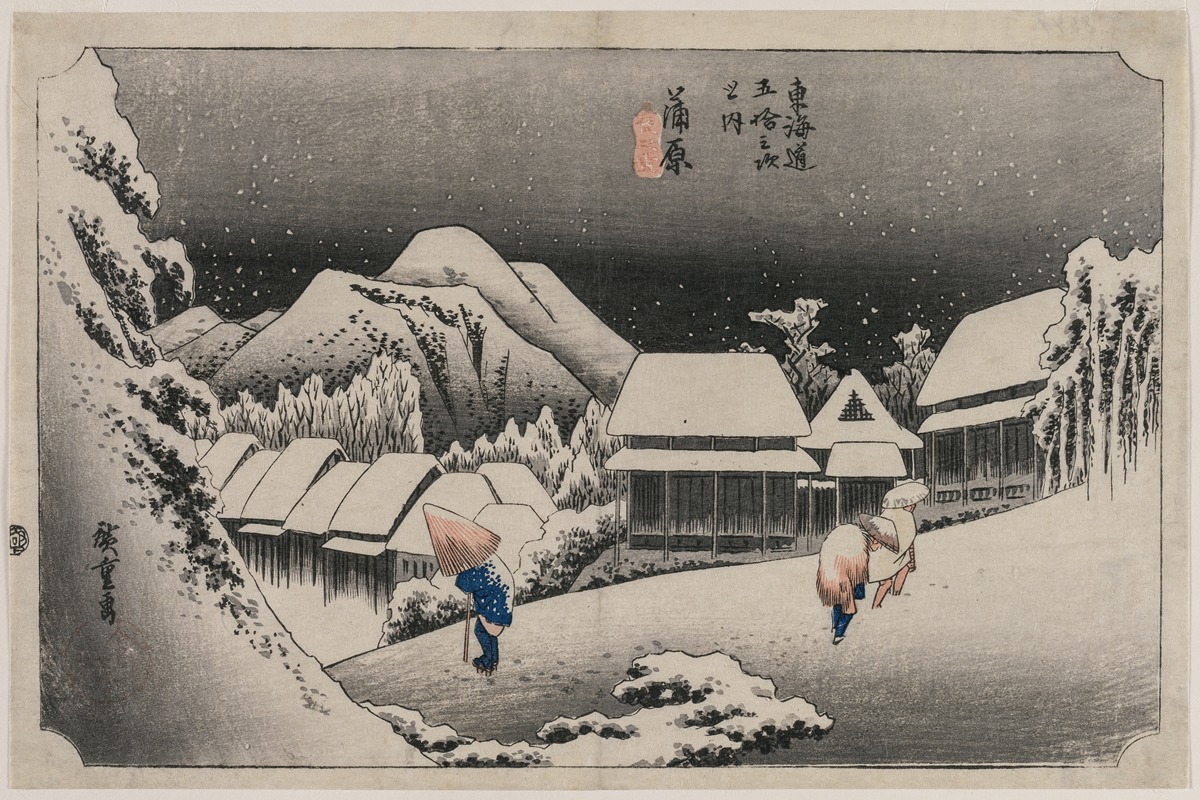
Evening Snow at Kambara
A hand-painted replica of Andō Hiroshige’s masterpiece Evening Snow at Kambara, meticulously crafted by professional artists to capture the true essence of the original. Each piece is created with museum-quality canvas and rare mineral pigments, carefully painted by experienced artists with delicate brushstrokes and rich, layered colors to perfectly recreate the texture of the original artwork. Unlike machine-printed reproductions, this hand-painted version brings the painting to life, infused with the artist’s emotions and skill in every stroke. Whether for personal collection or home decoration, it instantly elevates the artistic atmosphere of any space.
"Evening Snow at Kambara" is a celebrated woodblock print by the renowned Japanese ukiyo-e artist Andō Hiroshige. This artwork is part of Hiroshige's acclaimed series "The Fifty-three Stations of the Tōkaidō," which depicts various scenes along the Tōkaidō road, a vital route connecting Edo (modern-day Tokyo) to Kyoto during the Edo period. The series was first published in the early 1830s and is considered one of Hiroshige's masterpieces, showcasing his ability to capture the beauty and diversity of the Japanese landscape.
"Evening Snow at Kambara" is the 16th print in the series and is particularly noted for its serene and tranquil depiction of a snowy evening in the village of Kambara. Unlike many other prints in the series that feature bustling post stations or dramatic landscapes, this print is characterized by its quiet and peaceful atmosphere. The scene portrays three travelers trudging through the snow, their figures slightly hunched against the cold, as they make their way along a snow-covered path. The village houses are blanketed in snow, and the surrounding hills are softly outlined against the evening sky, creating a harmonious and calming composition.
Hiroshige's use of color and composition in "Evening Snow at Kambara" is exemplary of his style. The limited color palette, dominated by shades of white and gray, effectively conveys the chill and stillness of a snowy evening. The subtle gradations of color and the delicate depiction of falling snowflakes demonstrate Hiroshige's skill in capturing the transient beauty of nature. The print's composition, with its diagonal lines and balanced arrangement of elements, guides the viewer's eye through the scene, enhancing the sense of depth and perspective.
The Tōkaidō series, including "Evening Snow at Kambara," was highly popular in its time and contributed significantly to Hiroshige's reputation as a leading ukiyo-e artist. The series not only provided a visual record of the Tōkaidō road and its surroundings but also reflected the cultural and social aspects of travel during the Edo period. Hiroshige's ability to evoke emotion and atmosphere through his landscapes has left a lasting impact on the art world, influencing both Japanese and Western artists.
"Evening Snow at Kambara" remains one of Hiroshige's most admired works, celebrated for its simplicity, elegance, and emotional depth. It exemplifies the artist's mastery of the ukiyo-e technique and his unique ability to capture the essence of a moment in time. Today, the print is held in various museum collections worldwide, where it continues to be appreciated by art enthusiasts and scholars alike for its artistic and historical significance.





